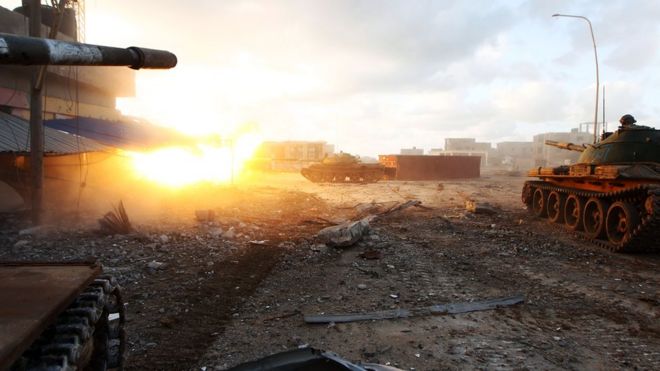The Odum of Ala Igbo
Hail Biafra!
UN peacekeeper killed in Mali identified as Liberian
Bamako - A UN peacekeeper killed in a rocket and mortar attack claimed by a powerful jihadist alliance in Mali was identified on Thursday by the United Nations as a Liberian soldier.
A UN mission known by its acronym MINUSMA has been stationed in the west African country since 2013 and is considered the world body's most dangerous active peacekeeping deployment.
MINUSMA said nine others were injured by shelling on its camp in the troubled historic city of Timbuktu on Wednesday afternoon.
Liberia had 78 troops serving in the 13 000-strong MINUSMA force which is assisting Malian troops struggling to secure the country.
It has faced frequent jihadist attacks that have claimed the lives of dozens of peacekeepers.
Liberia's deputy chief of defence staff confirmed on Wednesday that Liberians were among the injured and Sweden's military said one of its nationals was wounded.
The UN mission said it had reinforced the camp's defences and deployed air cover to identify where the enemy fire had originated, describing it as a "terrorist" attack.
The attack was the most high profile yet claimed by the "Group to Support Islam and Muslims" (GSIM), which is a fusion of three Malian jihadist groups with previous al-Qaeda links led by high-profile Malian jihadist Iyad Ag Ghaly.
The group, also known as Jamaat Nusrat al-Islam wal-Muslimeen in Arabic, confirmed late Wednesday it had "bombarded Timbuktu airport with rockets" and had left "several injured among the international forces".
It has also claimed an attack on April 5 in the central Douentza area which killed a French soldier serving with France's counter-terror Barkhane force, also present in Mali to aid domestic security forces.
Northern Mali fell to jihadist groups linked to al-Qaeda in March 2012, and although these forces were driven out of key towns by a French-led military intervention the following year, the Islamists have now spread further south.








